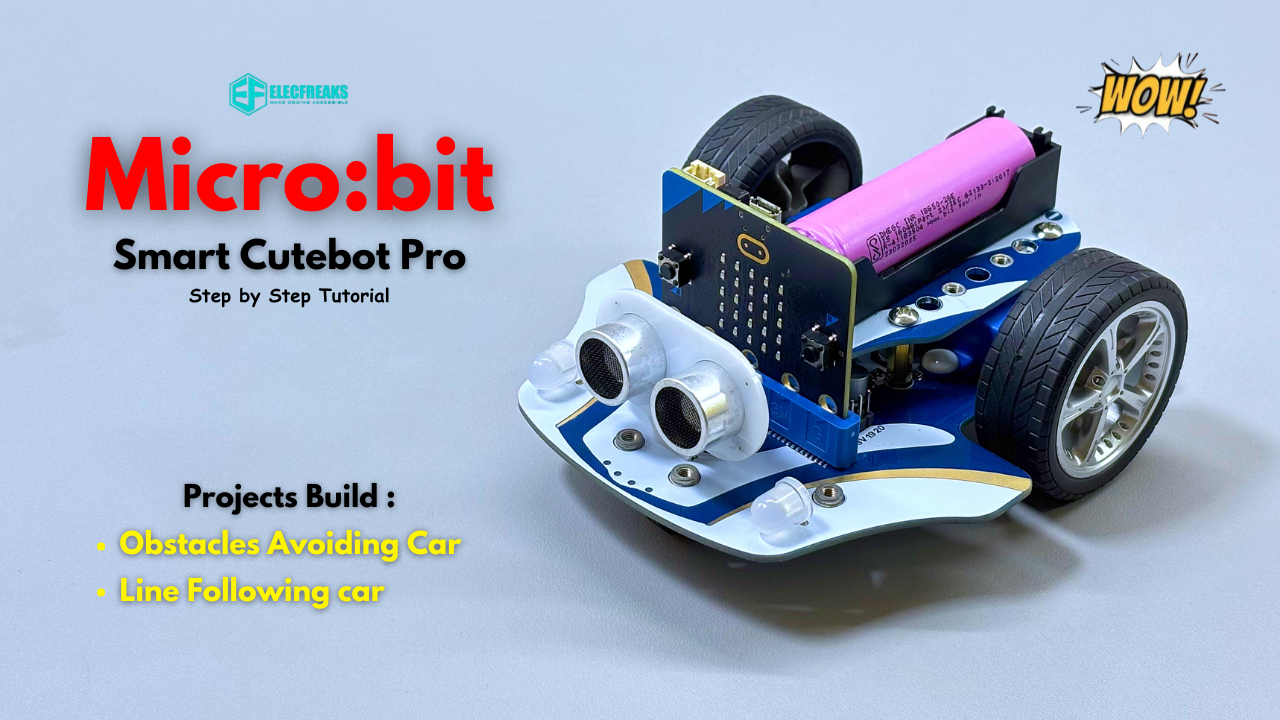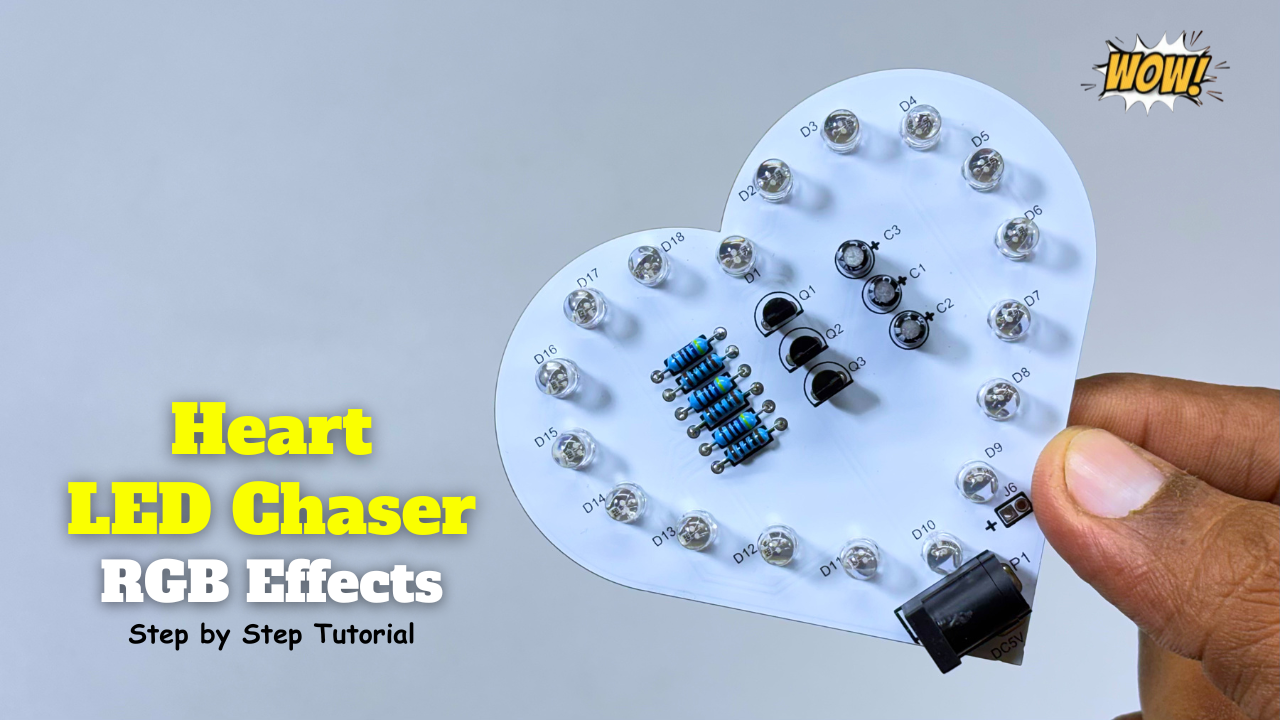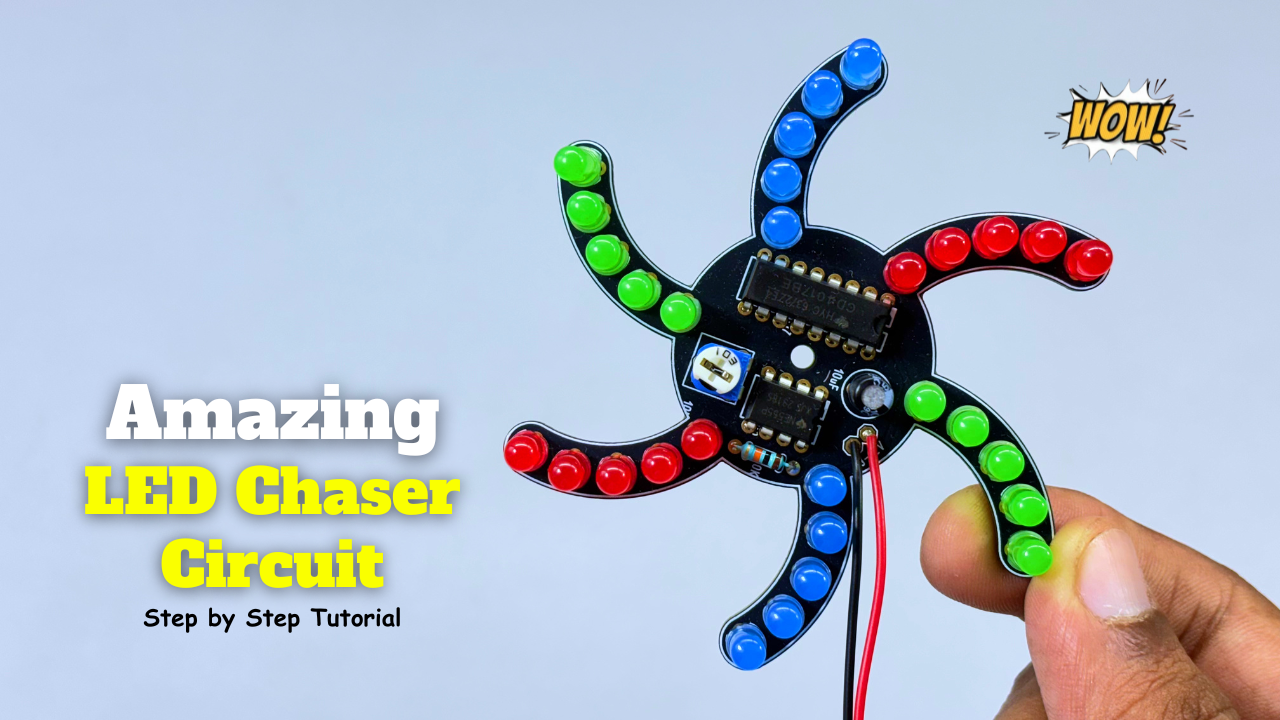If you’re interested in DIY battery projects, this guide shows how I built a 4S10P (14.8V nominal) battery pack using 40 pcs of 18650 Li-ion cells and a Daly BMS. This kind of pack can be used in power banks, solar storage, e-bikes, or portable backup power systems.
Why Li-ion 18650 Cells?
The 18650 Li-ion cell (18mm × 65mm) is one of the most popular rechargeable batteries.
✔ High energy density
✔ Good cycle life (500–1000 cycles depending on quality)
✔ Widely available & affordable
✔ Used in laptops, EVs, and power tools
Voltage profile:
- Nominal: 3.6V
- Fully charged: 4.2V
- Minimum safe discharge: 2.8–3.0V
Components I Used
- 40 x 18650 Li-ion cells (3000mAh each → ~30Ah total when in 10P)
- Daly 4S BMS (Li-ion type, not LiFePO₄!)
- Nickel strips (0.15–0.2mm for current handling)
- Spot welder (for cell interconnections)
- XT60 connectors
- Heat shrink tubing
- Multimeter + basic tools
What Is BMS?
A BMS stands for Battery Management System. It’s an electronic system that manages and protects rechargeable batteries — especially in packs like your LiFePO4 8S setup.
Key functions of a BMS:
- ✅ Overcharge protection (prevents damage from too high voltage)
- ✅ Over-discharge protection (prevents deep discharge that can ruin cells)
- ✅ Short-circuit protection (cuts off power in case of a fault)
- ✅ Cell balancing (keeps all cells at the same voltage to extend lifespan)
- ✅ Temperature monitoring (some advanced BMSs monitor heat to avoid thermal issues)
Battery Configuration: 4S10P
To reach both higher voltage and capacity:
- 10 cells in parallel = 1 group (~3.6V, ~20–25Ah)
- 4 groups in series = 4S pack (~14.4–14.8V nominal, ~16.8V full charge)
⚡ Final Specs:
Energy: ~300–370Wh
Voltage: 14.8V nominal (16.8V full, ~12V empty)
Capacity: ~20–25Ah (depends on cell grade)
Circuit Diagram:
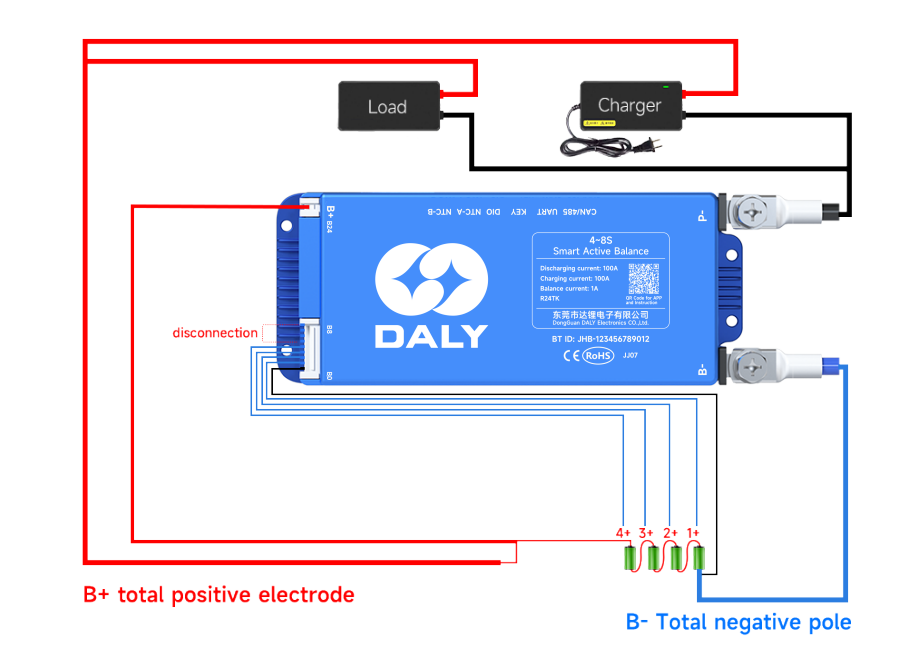
Step-by-Step Assembly
1. Planning the Layout
- I grouped the cells into 4 parallel blocks of 10 cells each (10P).
- Arranged them in a rectangular layout for easier wiring.
2. Spot Welding the Cells
- Used nickel strips to connect 10 cells in parallel.
- Then connected the 4 parallel groups in series (positive to negative).
- Checked polarity carefully at each step.
3. Installing the Daly 4S BMS
- Connected main positive & negative leads to the pack.
- Wired balance leads to each cell group (B1, B2, B3, B4, B+).
- The Daly BMS provides:
- Overcharge / over-discharge protection
- Short-circuit protection
- Balancing between groups
4. Final Checks
- Total pack voltage should read ~14.4–15.0V (depending on cell state).
- Each group should have similar voltage (within 0.05V ideally).
5. Wrapping & Connectors
- Wrapped the battery with heat shrink tubing.
- Added XT60 connectors for easy use.
Testing the Pack
- Connected to a DC load & 150W inverter.
- The pack delivered stable power at ~14.8V nominal.
- BMS worked properly during charge/discharge.
DALY BMS:

The Daly K-Series Smart BMS is a powerful and intelligent Battery Management System designed for lithium iron phosphate (LiFePO₄) and lithium-ion batteries. It supports 3S to 24S configurations and is available in 40A, 60A, and 100A versions, making it ideal for a wide range of applications including electric vehicles, solar energy storage, and backup power systems.
With built-in communication options like CAN, RS485, and UART, users can monitor and adjust settings in real time via a mobile app or PC software.
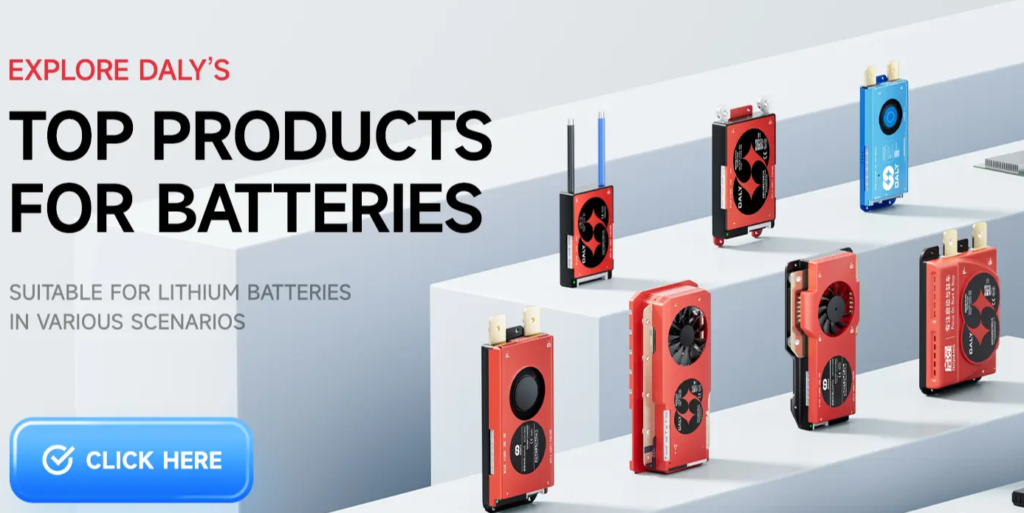
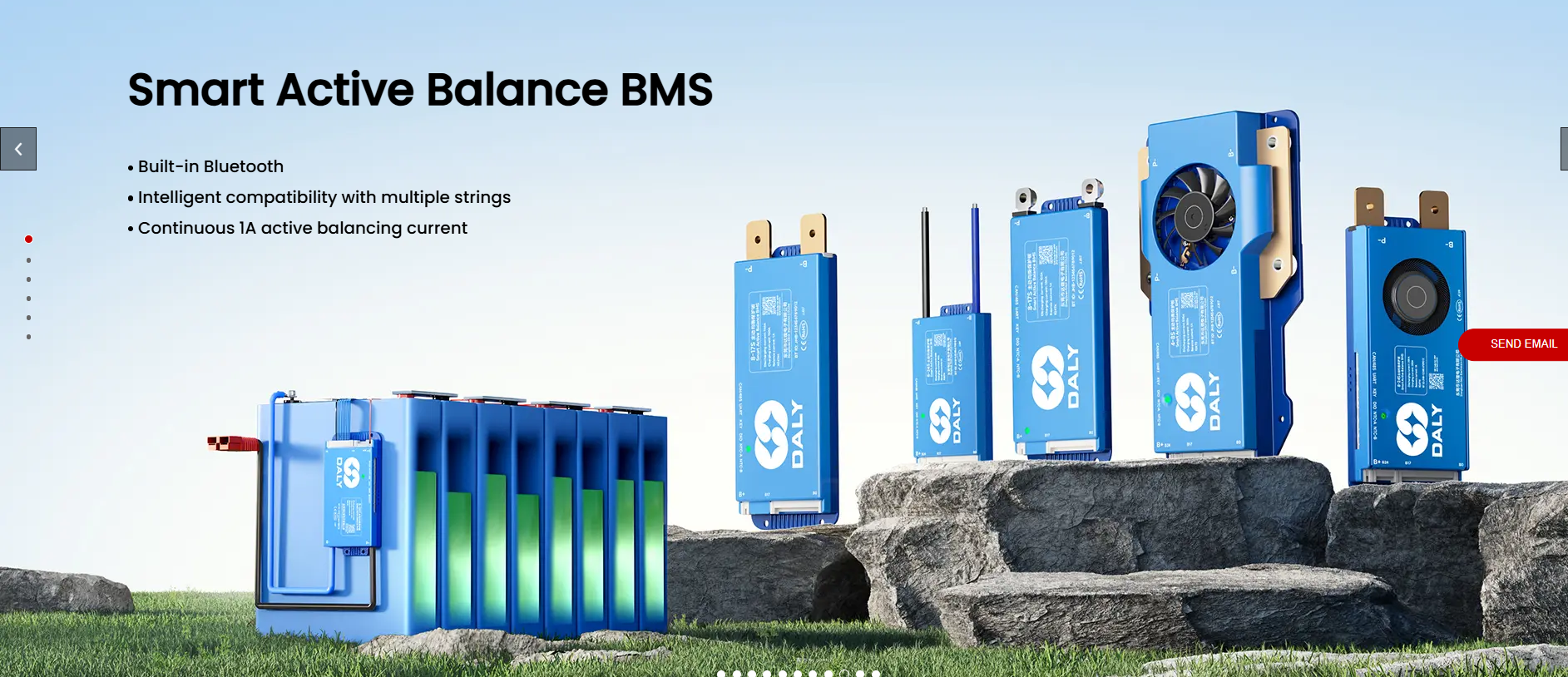
Applications
Where you can use this 14.8V Li-ion battery pack:
- DIY power banks
- Solar energy storage (with 16.8V charging system)
- E-bikes / scooters (with 14.8V controllers)
- Laptop / tool battery replacement packs
- Portable backup systems
Tips for Builders
- Use a spot welder, not soldering, to avoid overheating cells.
- Make sure to buy matched cells (same capacity & brand if possible).
- Double-check BMS type → for Li-ion (4.2V max per cell), not LiFePO₄.
- First charge should be done slowly (balance charge if possible).
18650 Li-ion Battery Cell – Detailed Guide
The 18650 is the most widely used cylindrical lithium-ion cell in the world. Its name comes from its dimensions:
- 18 mm diameter
- 65 mm length
First popularized in laptops and flashlights, 18650 cells are now a backbone of electric vehicles (Tesla uses them), power tools, solar storage, and DIY battery packs.
Chemistry Types of 18650 Cells
Not all 18650s are the same. They come in different Li-ion chemistries, each with trade-offs between capacity, power, and safety.
- ICR (LiCoO₂ – Lithium Cobalt Oxide)
- High energy density
- Moderate current capability
- Lower cycle life (~500)
- Example: Older laptop batteries
- NMC / NCA (Nickel Manganese Cobalt / Nickel Cobalt Aluminum)
- High energy density and high power
- Widely used in EVs (Tesla, Panasonic, LG)
- Cycle life ~800–1500 cycles
- Balanced performance
- IMR (LiMn₂O₄ – Lithium Manganese Oxide)
- Safer & more stable than cobalt cells
- High discharge current (good for power tools)
- Lower energy density
Electrical Characteristics
- Nominal Voltage: 3.6–3.7 V
- Full Charge Voltage: 4.2 V
- Minimum Voltage: 2.5–3.0 V (don’t go lower, or cell can be damaged)
Capacity
- Varies by brand and chemistry
- Typical range: 1500 mAh → 3500 mAh
- High-capacity cells (≥3000 mAh) usually have lower max discharge current
Discharge Rate (C-Rating)
- Expressed as “C” = multiple of capacity
- Example: A 2500 mAh cell rated 10C = 25A continuous discharge
- High-drain cells (like Sony VTC5A, Samsung 25R) are popular in vaping, EVs, and power tools
Cycle Life
- Good quality cells: 500–1000 cycles
- EV-grade cells: 1000–2000 cycles
- Depends on:
- Depth of discharge (DoD)
- Charge/discharge current
- Operating temperature
Physical Features
- Flat top vs button top → Button tops are often used in flashlights, flat tops in packs.
- Protected vs unprotected → Some have a tiny PCB with over-charge/discharge protection. For battery packs, usually unprotected flat-tops are used.
Safety Considerations
Li-ion cells store a lot of energy in a small space. Improper use can lead to fire or explosion.
- Never charge above 4.2 V
- Never discharge below 2.5 V
- Use a BMS (Battery Management System) in packs
- Avoid short-circuiting (instant heat & venting)
- Store at ~3.7–3.8 V if unused for long periods
Applications
- Consumer electronics → Laptops, flashlights, power banks
- Electric vehicles (EVs) → Tesla used millions of 18650 cells before moving to 21700
- Energy storage → DIY powerwalls, solar batteries
- E-bikes / scooters
- Power tools → drills, saws, welding packs
Popular 18650 Cell Models
- Samsung 25R – 2500 mAh, 20A continuous
- LG HG2 – 3000 mAh, 20A
- Sony VTC5A – 2600 mAh, 25A continuous
- Panasonic NCR18650B – 3400 mAh, 5–7A (great for capacity, not high current)
Summary Table
| Spec | Typical Range |
|---|---|
| Size | 18 × 65 mm |
| Nominal Voltage | 3.6–3.7 V |
| Max Voltage | 4.2 V |
| Min Voltage | 2.5–3.0 V |
| Capacity | 1500–3500 mAh |
| Energy (per cell) | ~5–12 Wh |
| Cycle Life | 500–1000+ |
| Chemistry Options | ICR, IMR, NMC, NCA, LiFePO₄ |
| Max Discharge Rate | 5A → 30A (depends on model) |
More Projects
-
Meet the Cutebot Pro – The smartest Micro:bit Robot Car!
The CuteBot Pro is a programmable robot-car kit designed for STEAM/robotics education.Key features include: Obstacle Avoiding Car Line Following Car More Projects
-
Create a Stunning Heart LED chaser Circuit with Simple Electronics
An LED chaser is an electronic circuit that lights LEDs one after another in a sequence. It creates a running or chasing light effect commonly seen in decorations and indicators. …
-
Amazing LED Chaser Circuit – Beautiful Decoration Idea
An LED chaser is an electronic circuit that lights LEDs one after another in a sequence. It creates a running or chasing light effect commonly seen in decorations and indicators. …

